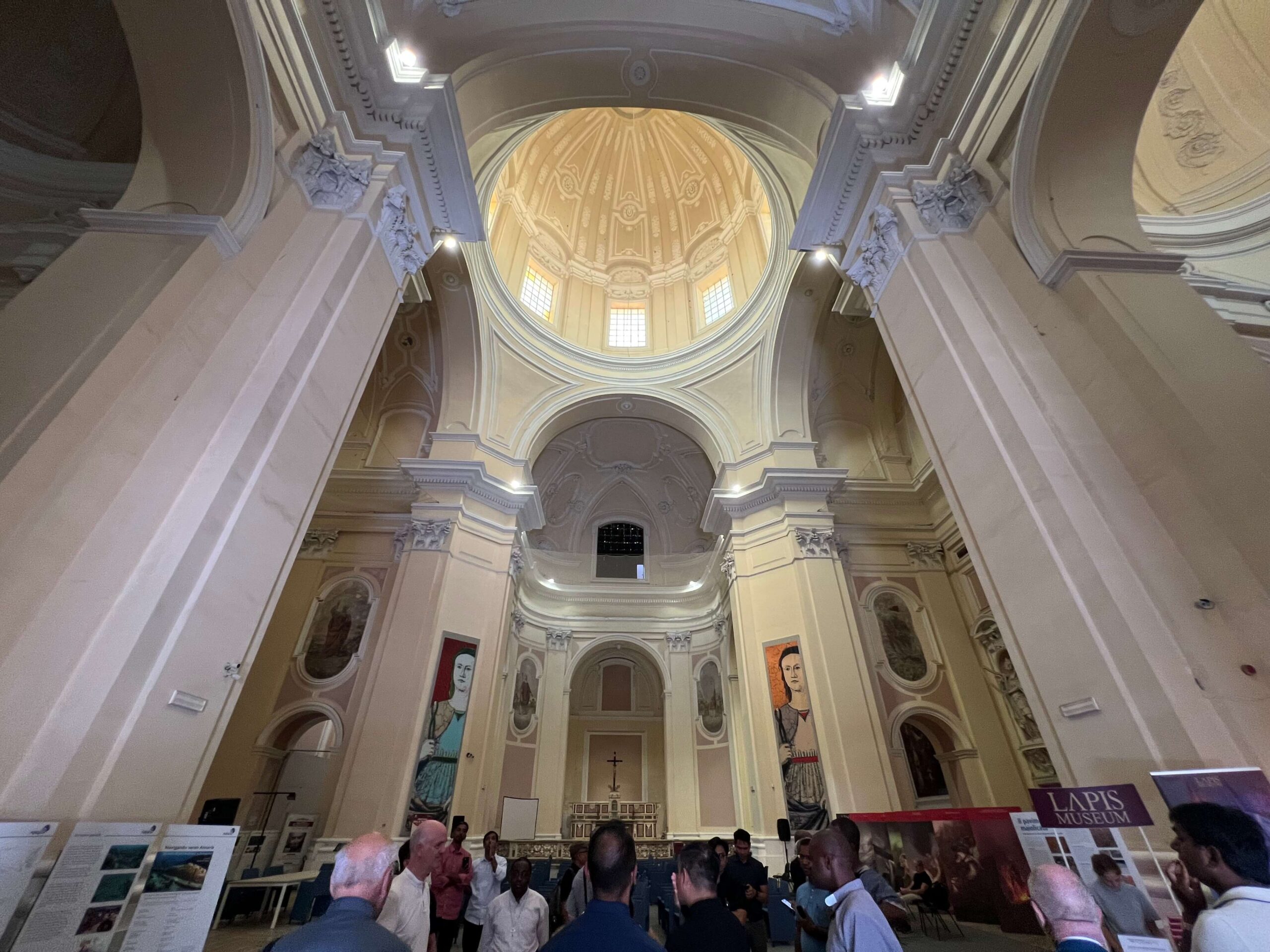On July 1, 1588, Pope Sixtus V approved the new Order of the Clerics Regular Minor as outlined by Augustine Adorno, Fabrizio Caracciolo, and Francis Caracciolo.
A year later, on April 9, 1589, Augustine Adorno and Francis Caracciolo made their religious profession in the chapel of Confraternity of Mercy known as I Bianchi, in Naples.
At that time, Father Fabrizio Caracciolo was the abbot at Santa Maria Maggiore who made it sure that the order would have the financial support at the beginning of its foundation.
Santa Maria Maggiore was built in 533 atop the remains of the Roman temple of Diana. The church was consecrated in 535 and was given the title of a minor basilica.
There are many legends associated with the foundation of the basilica, and it is regarded as one of the four major basilicas of the late ancient period.
In 1591, the basilica was entrusted to the Order of Clerics Regular Minor and was considered the first religious house of the Order.
The entrance as well as the inside of the basilica show traces of the presence of the Clerics Regular Minor. A painting of St. Francis Caracciolo holding his heart by the right hand and the constitution by the left hand. It is located on the left side above the entrance of the basilica.
The Clerics Regular Minor resided there for 200 years before transferring to Santa Maria di Monteverginella, located about 1.4 miles from the basilica.
Above the entrance of the basilica, these words in Latin had been written:
TEMPLV HOC CLERIC REGVL MIN
AD POMPONIO ANTISTITE NEAP
D MARIA MIORI DECATABA DXXXIII
ANDREAS DE PONTE PATRITIVS NEAP
DE NOVO CONSTRAVXIT AD MDCLVII
With the cooperation of the Archdiocese of Naples, the Basilica of Santa Maria Maggiore, was recognized as a site of historical and cultural interest. It is now called LAPIS Museum that hosts important exhibitions on the basilica floor and in the crypt where archaeological artifacts are located. (https://www.lapismuseum.com/chi-siamo/)









